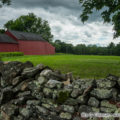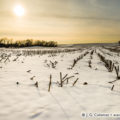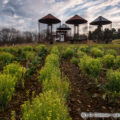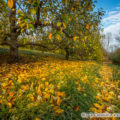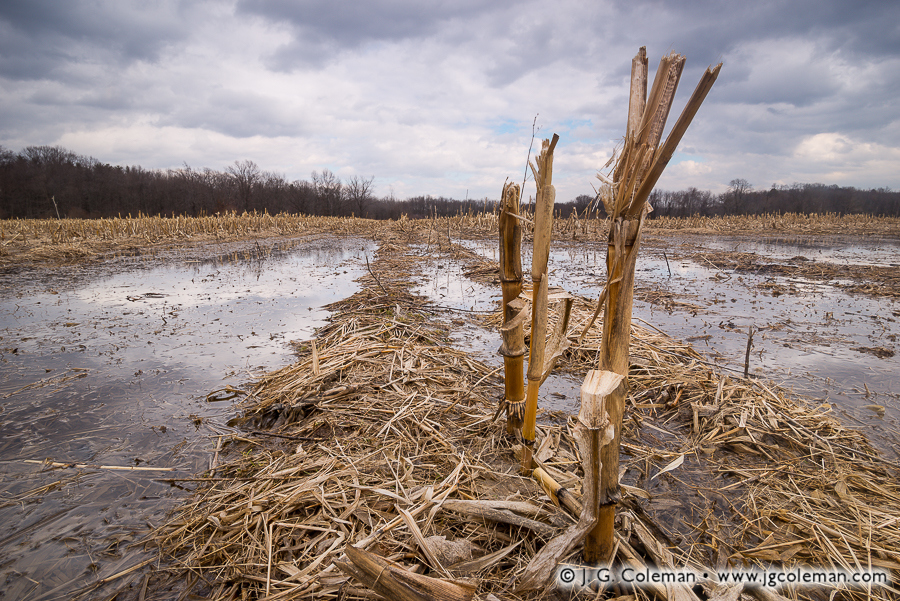
Bloomfield, Connecticut
© 2015 J. G. Coleman
My latest addition to the Yankee Farmlands collection brings us to the town of Bloomfield in Northern Connecticut, where the broken stalks from last year’s corn crop stand in a field which has nearly flooded as warm spells melt away the thick snow pack.
“Mud Season” is the not-too-affectionate term for this time of year in New England. It’s that month-long stretch beginning in late March when the snows are melting away even though the soil below the surface of the ground remains frozen. Meltwater can’t drain through the icy underlayer, so it becomes trapped at the surface and produces a thick slurry of mud.
This was a major source of difficulty in the old days before most of Connecticut’s roads were paved. Horses, wagon wheels and even early cars would get swallowed up in the deep, rutted mud of dirt roads. The resulting mess perennially had a significant impact upon travel in the early springtime. Even still, we here in Southern New England have always had it easier than our neighbors further north. Mud season is far worse in Northern New England, where lower temperatures can freeze the ground much more deeply and springtime mud can hang around well into June!
On a different note, the particular swath of cropland shown here in “Yankee Farmlands № 26” may look like a rather ordinary corn field. But you won’t find any barns or a family farmhouse on this property, because the land is actually owned by the State of Connecticut. This stretch of flatland is a large, designated flood control area nestled amidst the mostly suburban landscape of Bloomfield. Although full-blown floods don’t occur here very often, setting aside this low-lying, poorly-drained area helps protect against unwise development and comes with accompanying benefit of preserving open space. Although I suppose that the state government might grow its own corn here for one reason or another, it seems much more likely that the land is leased to a local farmer who lives off-site and works it as remote field in addition to his or her other land.
Purchase a Fine Art Print or Inquire About Licensing
Click here to visit my landing page for “Yankee Farmlands № 26” to buy a beautiful fine art print or inquire about licensing this image.
Want to See More?
Be sure to check out all of the landscape photography from my on-going Yankee Farmlands project.


